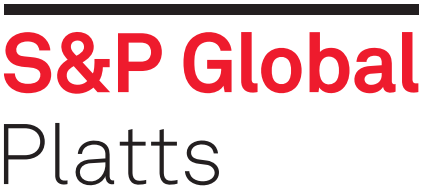
Adjusted European Commission steel import safeguards will become effective October 1. As widely expected, the EC did not made any substantial changes from its mid-August review when it surprised the market proposing to reduce the planned increase in tariff-free steel quotas to 3%, down from 5% across all product categories.
“The steel safeguard needs to remain robust in the face of severe deflection from other parts of the world. While the revised measures resolved some issues with the original final safeguard measures, challenges remain, particularly given that steel demand is expected to fall this year in the EU,” European steel producer association Eurofer commented.
As suggested in the review, imports of products falling under category 4B (automotive materials) codes that are not destined for use in the automotive industry should in the future take place only under category 4A. Conversely, all imports of products that were destined for use in the automotive industry should take place under product category 4B and meet the end-use procedure requirements.
Although this point was widely expected, service centers that are importing automotive materials have complained about the lack of clarity in how certain products can enter in the automotive categories while others cannot.
“The final determination of the EC regarding the 4.a and 4.b products will create additional complexity in the market. Operators do not know exactly how to proceed for managing the import of products that could fall into the 4.B group. With such a system independent distribution will be almost excluded from the possibility to source HDG steel for automotive,” stated Assofermet, the Italian association of service centers.
As far as hot-rolled coil is concerned, the EC confirmed limiting the maximum volume that each country can export into the EU to 30% of the quarterly available quota. That means that, within the global limit of the quarterly quota each country cannot export more than approximately 630,000 metric tons. “In the current scenario it seems that this decision will not impact significantly the market,” an Assoferment source commented.
Regarding long products, for category 13 (rebars) and 16 (rod) the EC confirmed that during the last quarter of the two remaining periods of definitive measures the use of the global TRQ will be limited to 30% per supplying country, confirming what was proposed in the review, altough some large importers were very vocal about this point.
In the final draft, the EC accepted the request received from European producers relating to “imports for categories 8 (Stainless Hot Rolled Sheets and Strips) and 9 (Stainless Cold Rolled Sheets and Strips), as well as product category 24 (Other Seamless Tubes), that are from Indonesia and will be now under safeguards, marking the only significantly changes from the August review.”
According to the EC note, the Commission’s proposal to proceed with the adjustments to the existing steel safeguard measures received wide support from EU member states in early September and was also subject earlier in the process to consultations with con concerned WTO members.
The safeguard measures were provisionally put in place in July 2018 and were introduced in their definitive form in February 2019. The aim has been “to prevent serious injury for the EU steel industry following the increased imports and trade diversions caused by the US’ unilateral decision to impose tariffs on steel products last year.”
— Annalisa Villa




